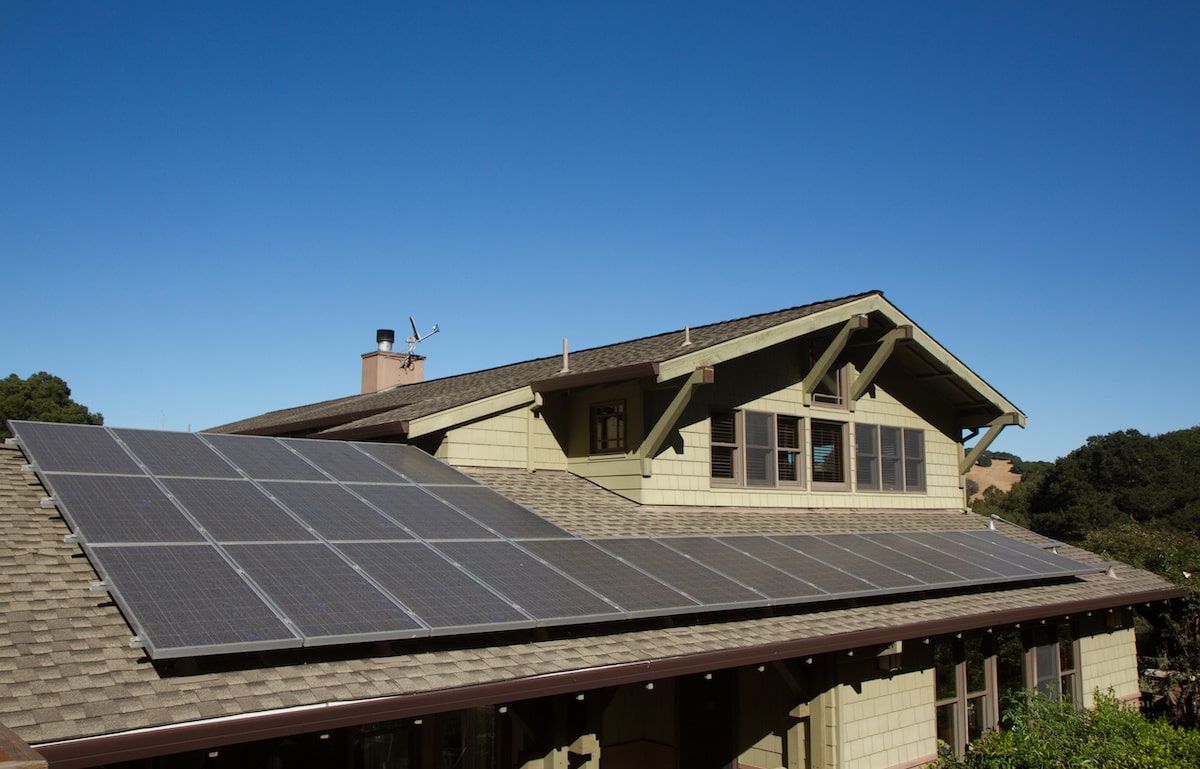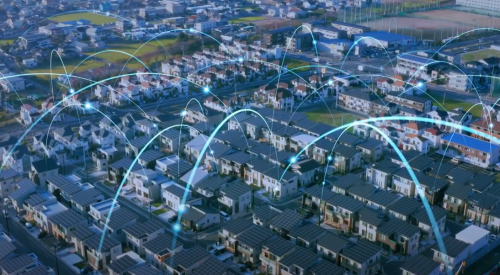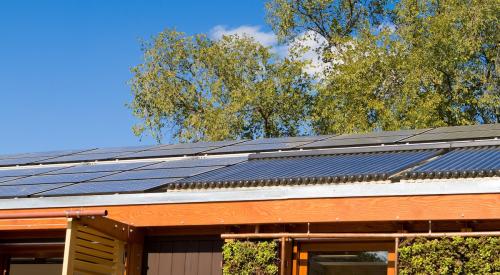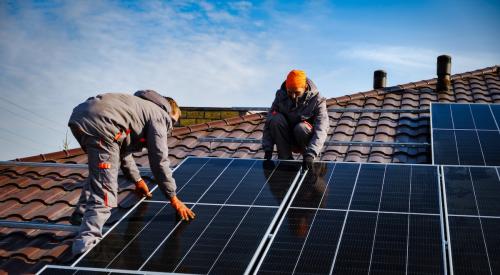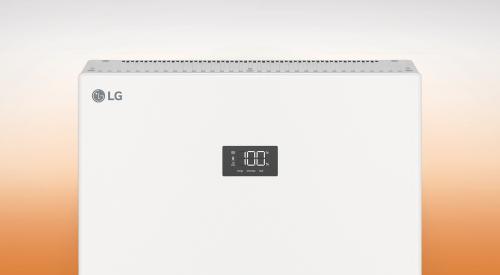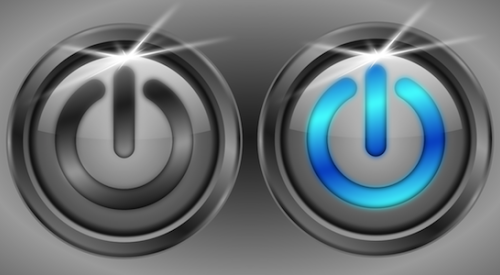Microgrids are networks of residential buildings that act as miniature power grids by generating backup power for the entire development gathered through a solar array system and stored in a battery. The U.S. Department of Energy estimates there were more than 450 operational microgrids in the U.S. in 2022, but some experts say that share may be far higher.
Though microgrids are still an emerging concept, they are quickly expanding across the U.S. as states begin to offer funds and incentives for power-resiliency projects, The New York Times reports.
At Heron’s Nest, the 62-kilowatt solar system and 255-kilowatt-hour battery are maintained by the local utility, Brunswick Electric Membership Corporation. Homeowners get a monthly energy credit on their utility bills by signing an interconnection agreement with the utility, which controls their hot-water heaters and thermostats when there’s high power demand. If the local power grid is stressed and the utility believes a power outage is necessary, residents here will be able to keep their lights on.
Heron’s Nest is part of wider electric cooperative in North Carolina, a membership-based utility that allows customers, acting as shareholders, to benefit from revenue that is either diverted back into the utility or passed along as dividends. “This is why microgrids are very attractive to us, because when we lower the costs of maintaining the grid, the profit goes back to the customer as a lower utility bill,” said Nicky Nance, a key accounts and renewable specialist with Brunswick Electric.
